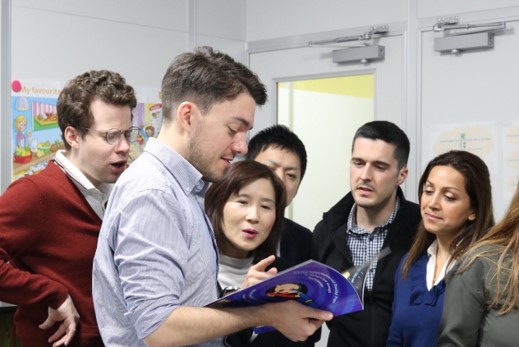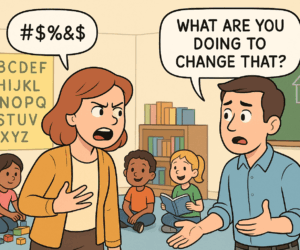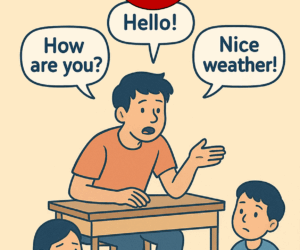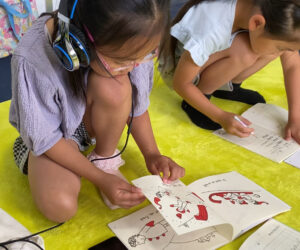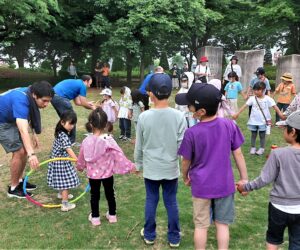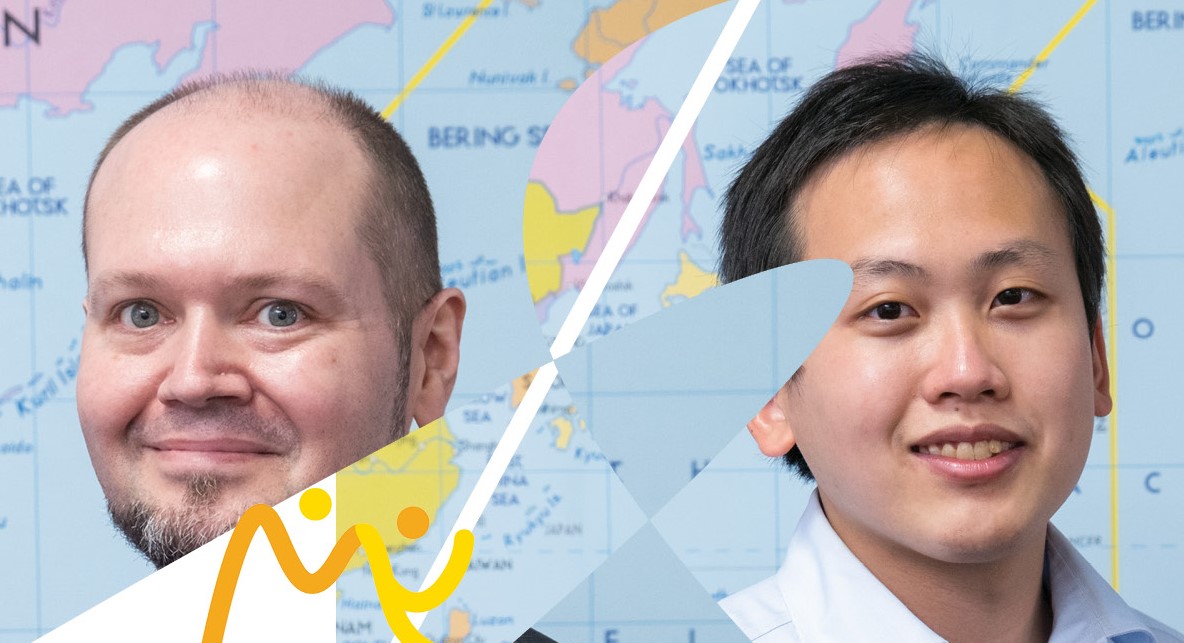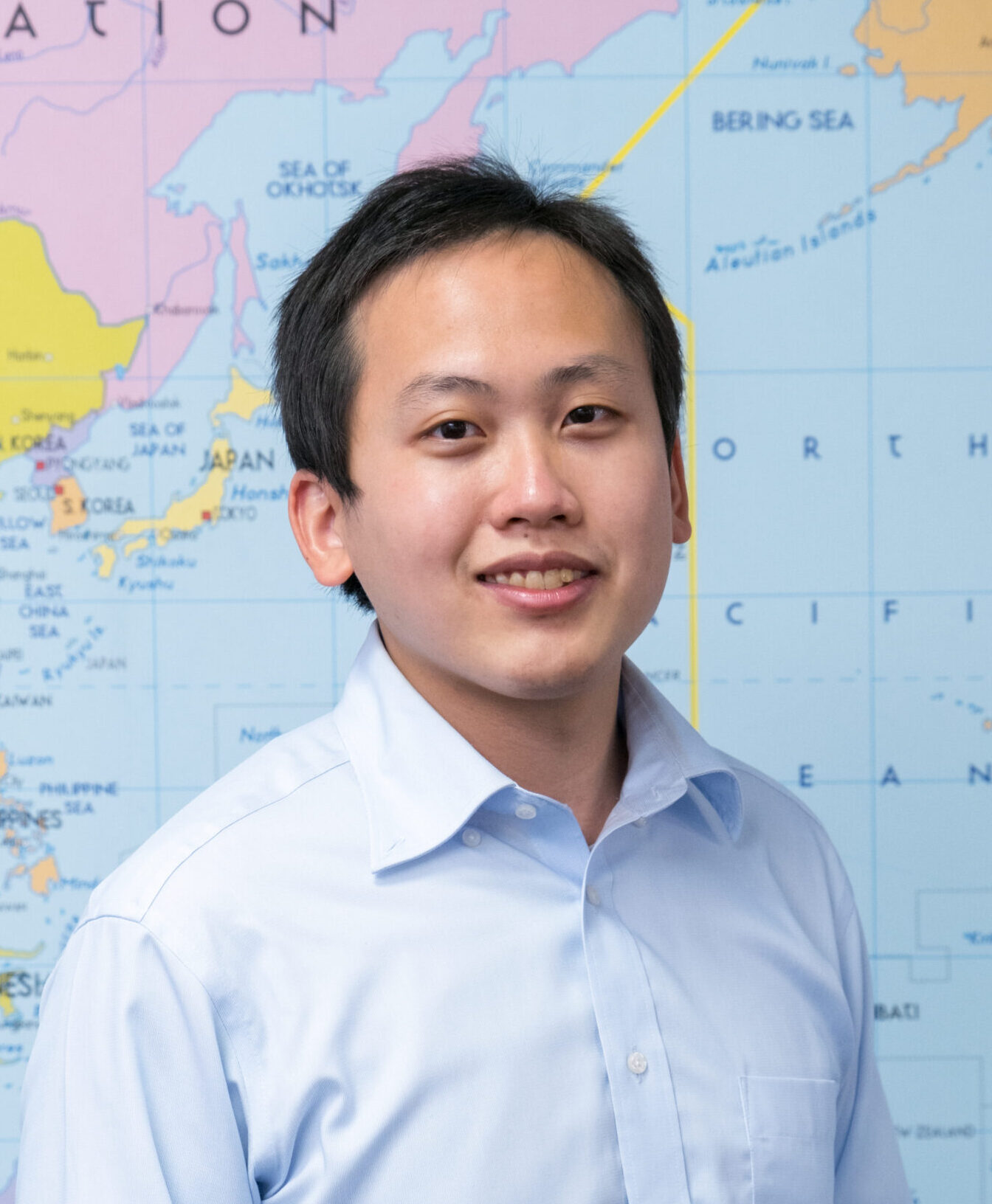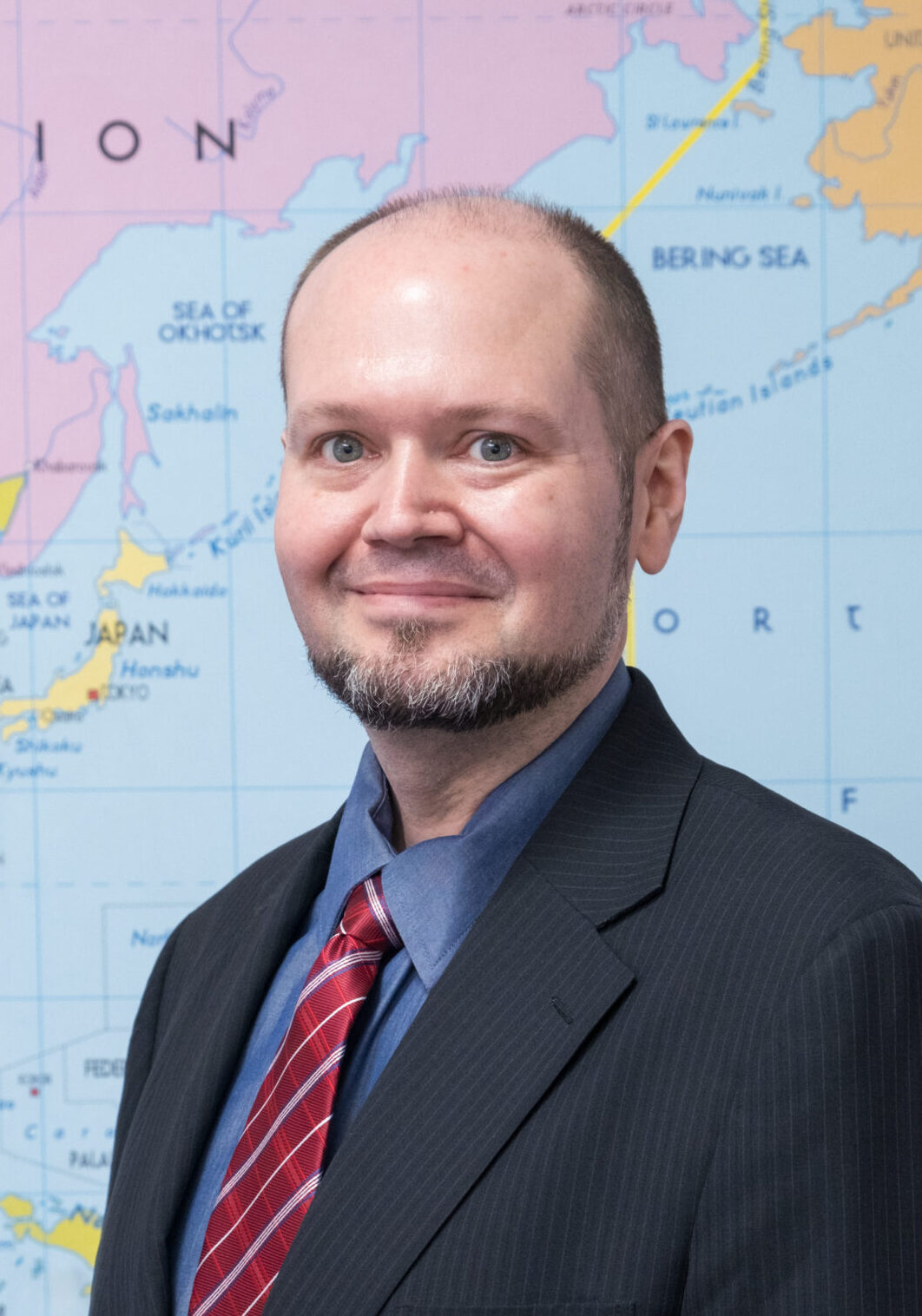The first month of the new school year is over. New teachers are finished with their monthlong training and are now teaching classes on their own. I was in the same boat around this time last year, but it is only now that something became vividly clear to me – “It takes a village to raise a MY teacher.”
Looking back, one aspect of MY that significantly helped me get through the first year was the training and support from experienced teachers. It certainly took more than one person to ensure I was capable on my own in the classroom, which on some days felt like a battlefield and on other days the happiest place on earth (second to Disneyland).
It takes a team of teachers coming from varying teaching experiences and united by a shared goal to prepare a new teacher.
It takes a team of teachers coming from varying teaching experiences and united by a shared goal to prepare a new teacher. The way MY trains its new teachers is one thing that separates it from other English language schools.
Pre-MY training experiences bring to mind a three-day or a weeklong intensive training session, lots of handouts, roleplays…and then I was on my own. Occasionally, another one-day training session was conducted.
With MY, the training from the onset was immersive, experiential, and communicative.
With MY, the training from the onset was immersive, experiential, and communicative, to say the least. One of the things I learned early was MY’s principles, starting with “We start with questions.”
It wasn’t clear to me what “start with questions” meant until I saw MY teachers putting it into action during my training. Teachers I trained with all had questions. With Parisa, “What skills do we want them to practice during the lesson?” With Aaron, “How do you get the students to play with the language?” With Alina, “How can you make those pages into a task?” With David, “What language do you want them to produce by the end of the school year?”
Not only were the teachers asking questions, but the advisors as well. When planning activities for open lessons, then-Higashine advisor Yuki also asked me: “How can the parents be part of the activity?”
I knew that I could always approach any MY teacher and they would be more than happy to give a piece of advice.
April 2022 zoomed by so fast. The period with teacher trainers was over, and I was on my own. I don’t know how this year’s new batch of teachers feel, but, for me, it was a nerve-wracking time. However, I knew that I could always approach any MY teacher and they would be more than happy to give a piece of advice.
MY’s commitment to learning also helped. Monthly trainings organized by the Professional Development Team, rolling observation days, and external conferences were sources of ideas and learning opportunities.
The first month of the new school year is over. Once again, I saw a “village” of MY teachers raising…preparing new teachers for their classes. There will be “yay!” moments. There will be rough patches. Knowing that one can turn to any MY teacher for advice will surely help new teachers in their first year.
For past and present MY teachers, how was your MY training experience? For teachers elsewhere, who is the village that raises your teachers?

